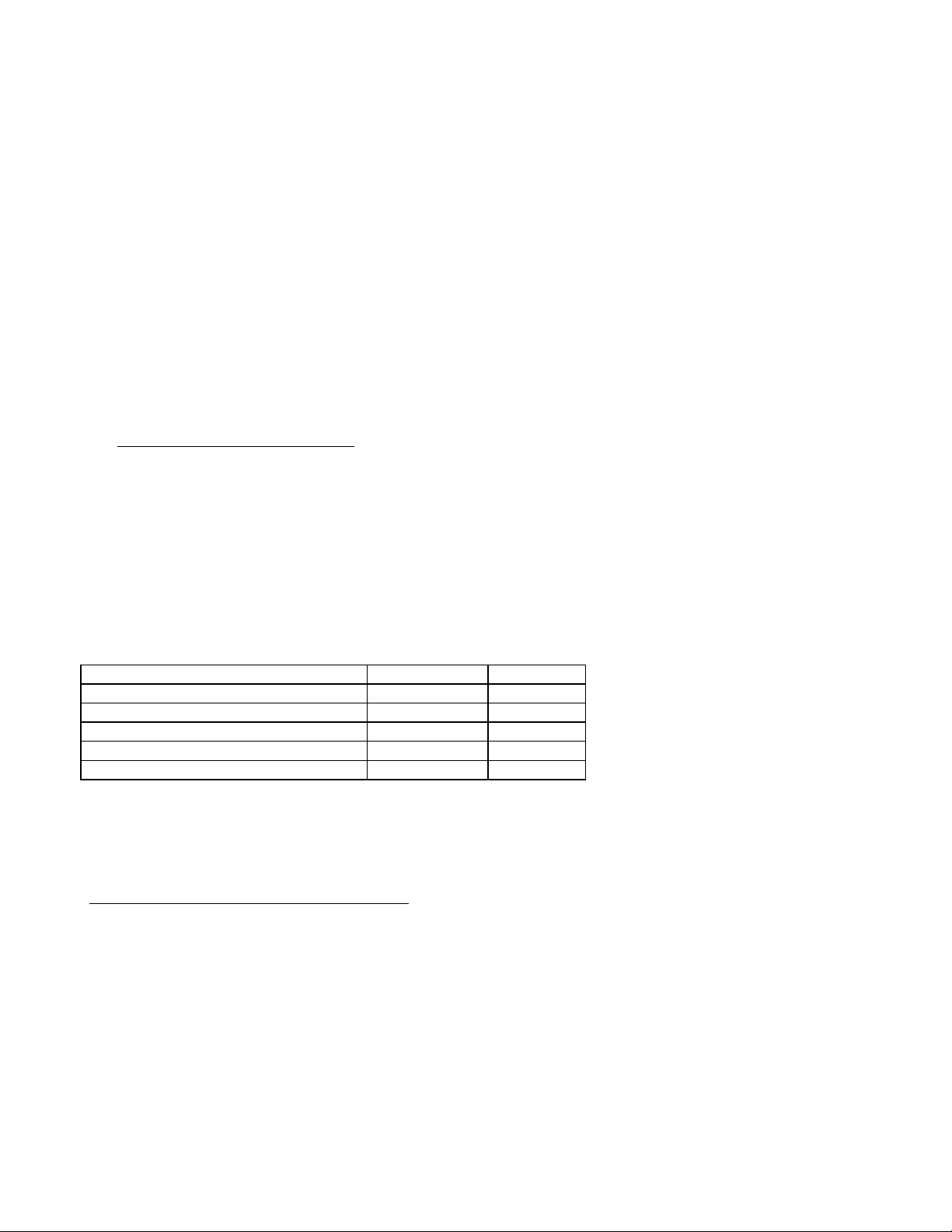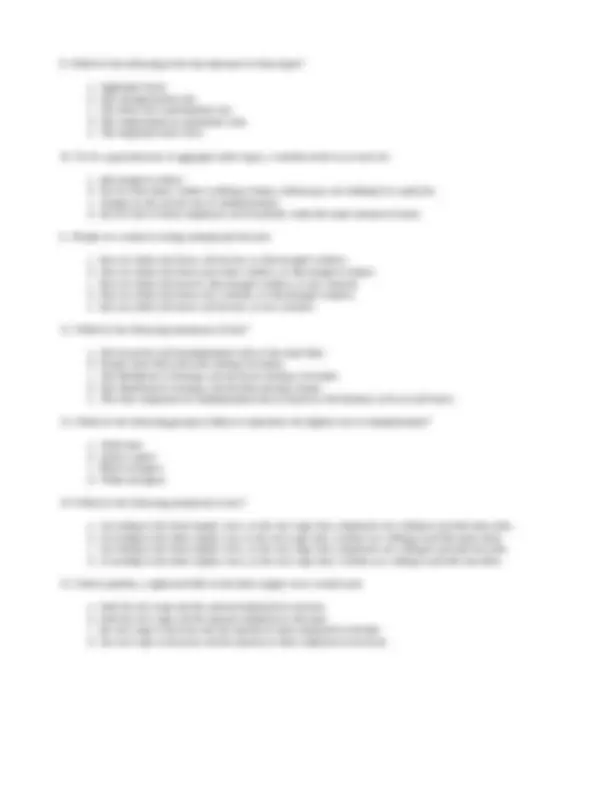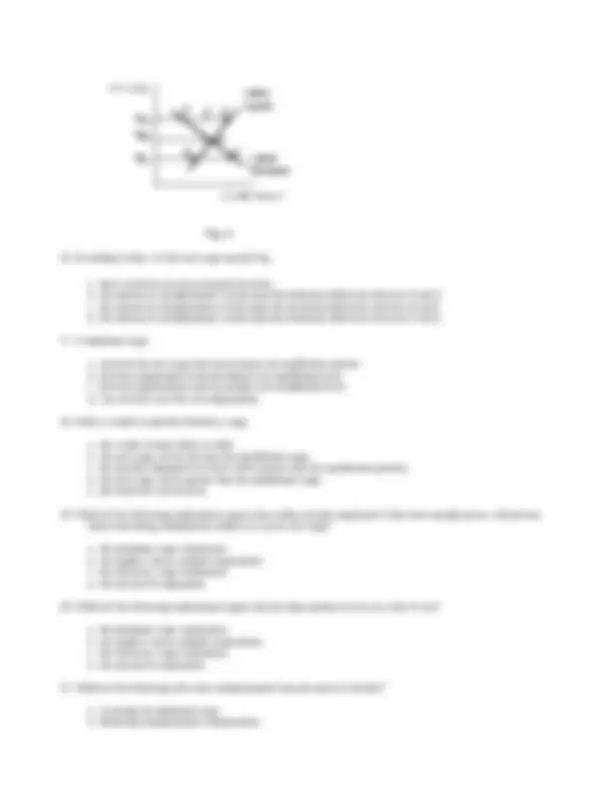





Study with the several resources on Docsity

Earn points by helping other students or get them with a premium plan


Prepare for your exams
Study with the several resources on Docsity

Earn points to download
Earn points by helping other students or get them with a premium plan
Community
Ask the community for help and clear up your study doubts
Discover the best universities in your country according to Docsity users
Free resources
Download our free guides on studying techniques, anxiety management strategies, and thesis advice from Docsity tutors
Material Type: Assignment; Professor: Vazzana; Class: Principles of Macroeconomics; Subject: Economics; University: Berea College; Term: Summer 1998;
Typology: Assignments
1 / 5

This page cannot be seen from the preview
Don't miss anything!




Problem Set 4
Econ 101
1. Currently the nation of Anaca is in a recession and has a population 16 years old and older of 4.5 million citizens. The
labor force participation rate is 65%. The number of employed Anacans is 2.5 million. Show all work including
your formulas.
a. (5) Calculate the number in the labor force.
b. (5) Calculate the number of unemployed workers.
c. (5) Calculate the unemployment rate.
d. (10) Labor analysts in Anaca have found that the natural rate of unemployment in Anaca is 5%. How many
cyclically unemployed workers are there? Define the natural rate of unemployment in your answer.
2. Please explain whether the following workers suffer from Cyclical, Structural, or Frictional Unemployment:
a. A salesperson who quits her job because she did not like how much travel was required.
b. A librarian who has not learned to work with the new computerized cataloging systems.
c. A worker at an internet firm who lost their job during the internet bust with the downturn in the economy.
d. A recent Berea College graduate who is looking for his first job.
unemployment rate. Will this discouraged worker effect be higher during recessions? Why or Why not?
a. Suppose the equilibrium wage in the labor market in Richmond is $6 this summer and the minimum wage is $5?
Would there be a surplus, a shortage or neither? Can you tell?
b. Suppose that in the fall there is an influx of Eastern Kentucky students looking for jobs. Given the minimum wage of
$5 would there be a surplus, a shortage or neither this year? Can you tell?
and explain your answers.
August 1997 July 1998
Total Population, 16 years and over 203,364 205,
Total Civilian labor force 137,460 139,
Total Employed 130,865 132,
Women's Labor Force Participation Rate 60.0 60.
Women's Unemployment Rate 4.9 5.
a. What is the overall Labor Force Participation rate for August 1997?
b. What is the overall unemployment rate for July 1998?
Given the information in the table tell me what you think is happening to the unemployment rate for men, and why, that is,
is it increasing, decreasing or staying the same between August 1997 and July 1998?
Multiple choice practice problems(not for quiz):
a. the unemployment rate related to the business cycle.
b. the unemployment rate when the economy is in a boom.
c. the unemployment rate when the economy is in a recession.
d. the unemployment rate when real and potential GDP are equal.
e. the unemployment rate when real and nominal GDP are equal.
a. the increase in unemployment above the natural rate during and in the aftermath of recessions.
b. the increase in unemployment when the economy is in a boom.
c. the increase in unemployment when the economy is in a recession.
d. the amount of unemployment when real and potential GDP are equal.
e. the amount of unemployment when real and nominal GDP are equal.
a. people have insufficient skills.
b. of economic booms.
c. of recessions.
d. it takes time to find a job.
e. of inflation.
a. of economic booms.
b. people have insufficient skills.
c. of recessions.
d. it takes time to find a job.
e. of inflation.
a. unemployment will not cause any individual problems.
b. unemployment will not cause any social problems.
c. unemployment will not cause any individual or social problems.
d. the unemployment will still result in social and individual problems.
a. A person looking for work.
b. A person without a job.
c. Any person not working or not working as many hours as they would prefer.
d. Any person without a job while looking for work.
a. need only be in the labor force.
b. needs to be working more than 34 hours per week.
c. needs to be working 1 or more hours per week.
d. needs to be working 10 or more hours per week.
e. needs to be working 20 or more hours per week.
a. A 65 year old individual who moves to Florida after retirement.
b. A college student who does not have time to work.
c. An incarcerated 17 year old.
d. A 25 year old who after not being able to find a legitimate job after searching for two years makes his living
selling drugs.
e. A 55 year old who after being laid off from a full-time job is only able to find a job employing her for only 15
hours a week.
a. there would be an excess demand for labor.
b. the amount of unemployment would equal the horizontal difference between A and E
c. the amount of unemployment would equal the horizontal difference between A and F
d. the amount of unemployment would equal the horizontal difference between F and E
a. prevents the real wage from increasing to its equilibrium amount.
b. prevents employment from declining to its equilibrium level.
c. prevents employment from increasing to its equilibrium level.
d. can not have any effect on employment.
a. the worker is more likely to shirk.
b. the real wage will be less than the equilibrium wage.
c. the quantity demanded for labor will be greater than the equilibrium quantity.
d. the real wage will be greater than the equilibrium wage.
e. job turnovers will increase.
firms from hiring unemployed workers at a lower real wage?
a. the minimum wage explanation
b. the insiders versus outsiders explanation
c. the efficiency wage explanation
d. the job search explanation
a. the minimum wage explanation
b. the insiders versus outsiders explanation
c. the efficiency wage explanation
d. the job search explanation
a. Lowering the minimum wage.
b. Reducing unemployment compensation.
c. Reducing the bargaining strength of labor.
d. Reducing the minimum wage.
e. Increasing unemployment compensation.